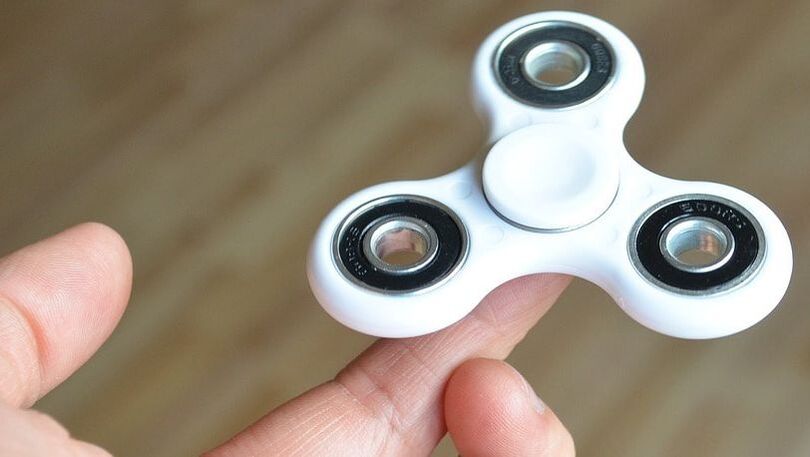|
For this year's Autistic Acceptance Month, Autistics United Fort McMurray chapter organizer Christopher Whelan has written a series of short essays on autistic rights. We have selected a few of our favourites to share! [Image description: A white fidget spinner balanced on a finger] Free to Stim The quality of life for an autistic is directly tied to our ability to self-stimulate, or “stim”. Stimming is the personal pursuit of sensory stimulation. It can be flapping our hands, dancing, twisting our necks, clapping, knocking, rocking, singing, chewing, saying our favourite words, making noise, or anything else that stimulates the body. Stimming can be done alone or with a group. Sometimes we stim with objects, like blowing bubbles or watching a lava lamp. We stim for happiness, for fun, for creative expression, for communication, for learning, for anxiety, and to feel safe. Stimming needs no reason, and has no underlying behaviour except the pursuit of a better quality of life. Sometimes we stim when we are happy. A “happy dance”, “happy hands”, “happy feet” etc. often accompanies when an autistic person feels seen, when we see or hear something that makes us happy, and when our friends and loved ones are nearby. Sometimes we stim to learn about the world. When we are told something, the knowledge comes to us as a cold product; it has no context or environment. We cannot experiment with it, see what happens when different force is applied, see what happens when it is placed in a different environment, or understand the important details. When we have something in our hands, we can run our own experiments on it and learn what we want to know. This is a form of stimming. Sometimes we stim when we feel that we are in danger. Autistic people perceive danger in different ways than typical people, because we perceive the world through different senses. We are sensitive to sensations that other people are not, and de-sensitized to some things that most people are sensitive to. And each autistic perceives these senses differently than another. A fireworks show which may make some autistics panic from the bright lights and loud bangs might stimulate and entice another autistic person. A whistle being blown by a prefect during recess may make us feel that we are in danger, or energize us. Each person has a different sensory profile. Many of these sensations are not within our control. We can’t turn the fluorescent lights off in the grocery stores or the mall. We can’t stop people from beeping their car horns. We can only change what we do to keep ourselves safe. The first thing that we should do when an unsafe sensory stimulation occurs is to remove ourselves from the situation if at all possible; to stop eating the food with the Bad Texture, to run from the unsafe thing and return to a place where we feel safe. If we have to stay in the unsafe environment, then we can use personal aids such as sunglasses to reduce the light coming into our eyes, ear defenders to protect us from harsh sounds, and wear our favourite gloves, clothes, and jackets to protect us from unsafe physical touch sensations. Stimming is something else that we can do to return ourselves to a feeling of safety. If we can stim, we are safe. Every autistic can recall a time where we stimmed and were shamed for it by schoolmates, teachers, friends or family. This bullying has impacted the self-esteem of autistics, and lead to us feeling ashamed for being autistic. Having our stims shamed leads to us choosing not to stim; we forgo this healthy, self-regulating behaviour that helps us survive in a world full of unsafe feelings. We must be free to stim at all times and in all places. Stimming must not be a reward for good behaviour, it must not be against the rules, and it must not be punished or shamed. It must be allowed and provided to us anywhere we go. Other select essays:
--- Christopher Whelan is an autistic social worker living and working in his home community of Fort McMurray, Alberta, Canada. Christopher is a founder of Neurodiversity YMM and Autistics United Fort McMurray – Cree, Dene, Dane-zaa, & Métis Territory. After months of consultation with autistic self-advocates, Christopher published The 95 Theses of Neurodiversity in April 2020. You can read more of his work on his blog, AutisticRights.net.
0 Comments
Your comment will be posted after it is approved.
Leave a Reply. |
